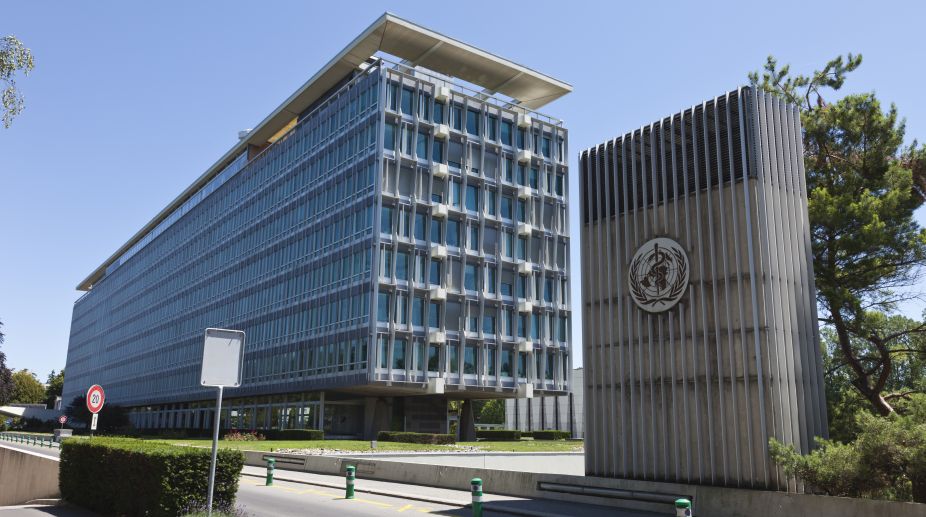Sudan clash: Death toll reaches 270, over 2,600 injured
Fighting continued in Sudan as forces loyal to duelling generals fought for strategic positions in the city and accused one another of breaking the ceasefire hours.

World Health Organisation (PHOTO: Getty Images)
The country is on the cusp of abysmal health-care and grinding poverty. The World Health Organisation’s report, released on Wednesday, must be of riveting interest to the public health sector and to governments, both at the Centre and in the States. Chiefly, it has few bouquets to offer to the authorities for their handling of this primary index of public policy. Most particularly, the dire revelation that India accounts for more than half of the 100 million people who are driven to penury across the world every year because of inadequate spending on health-care. For all the ballooning GDP, India’s performance has generally been appalling… only slightly better than sub-Saharan Africa.
The report has underlined the grim reality that “out-of-pocket expenditure on health drives about 4.1 per cent of India’s population ~ over 50 million ~ to extreme poverty”. The report has gone beyond the public/private healthcare construct; it has established the link betrween sickness and poverty. The dumbing down of dengue deaths and the occasional verbal demarche to private establishments would seem to be putrid passing shows when contextualised with WHO’s report. The reality that is close to the bone is palpable enough ~ when sickness comes, a poor family’s expenditure on medicines and doctor’s fees can force them to live on Rs 122 a day.
The crisis has definitely been aggravated ever since the National Health Policy document was advanced two years ago. Going by its calibration, health expenses had pushed 60 million Indians to poverty every year. The figure has in 2017 gone up to 100 million, in WHO’s estimation. Small wonder the Below Poverty Line benchmark remains fairly constant over time. Both the WHO report and the previous National Health Policy document reflect a collective shame, in terms of treatment and public spending, the subtext being the huge under-investment on health. The reality reaffirms the cynical perception that healthcare in India is for those who can afford it.
Advertisement
Not that India lacks adequate public-funded health-care centres; these range from primary entities to tertiary care and referral hospitals. Sad to reflect, it has now been established that these units that are run by the state sector account for barely 20 per cent of the health-care that is on offer. It is the decidedly more expensive private sector that takes care of the remaining 80 per cent. It has now been conceded by health experts that many of the state units are dysfunctional or are decrepit, even when they function. The sick and the dying have little or no option but to seek private intervention. Unless the government increases its investment, the “out-of-pocket” expenditure will rise in inverse proportion. This precisely is the sum and substance of the World Health Organisation’s report.
Advertisement